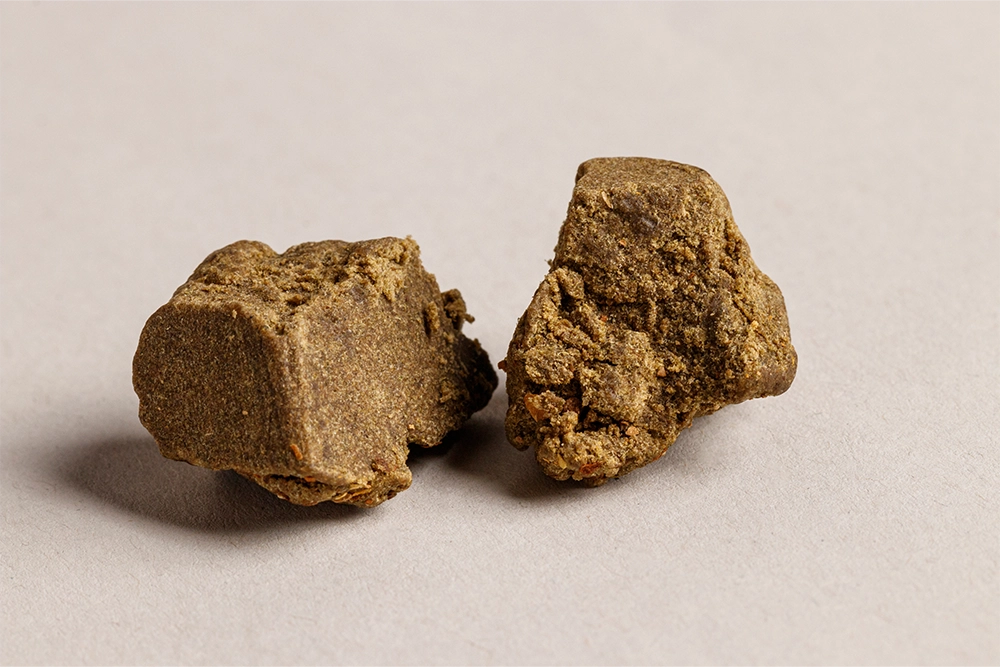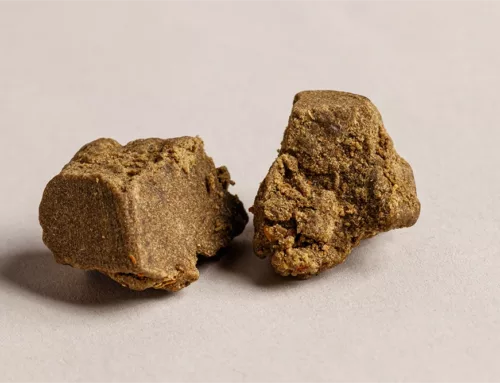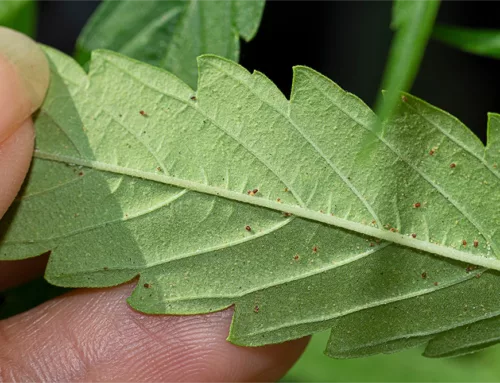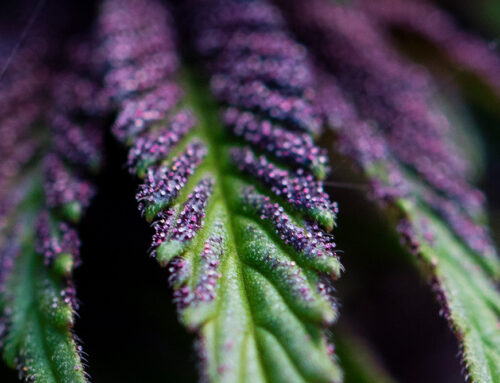Cannabis Flowering Stages
Embarking on the journey of cultivating cannabis is an exciting and rewarding experience. As you move from germination to harvest time, it’s crucial to understand the various phases and requirements your plants will go through. In this article, we will take you through the week-by-week process of the cannabis flowering stages, providing insights into the nutrient requirements, physical changes, and important considerations once your plant starts flowering.
Transition Phase: The Stretch (Weeks 1-3)
During the transition phase, which lasts approximately three weeks, your cannabis plants will undergo a significant growth spurt commonly known as “the stretch.” As they switch from the vegetative stage and begin entering the flowering phase, the plants will exhibit faster vertical growth, reaching for the light.
In this phase, your plants will require a balanced nutrient regimen that provides ample nitrogen (N) to support rapid growth. However, it’s important to gradually reduce the nitrogen levels as flowering progresses to prevent excessive vegetative growth and promote flower development.
The transition phase triggers a surge in the production of plant hormones such as auxins and gibberellins. These hormones stimulate stem elongation and promote the development of new flower sites. Reduced hours of light and lengthening nights can trigger this transition.
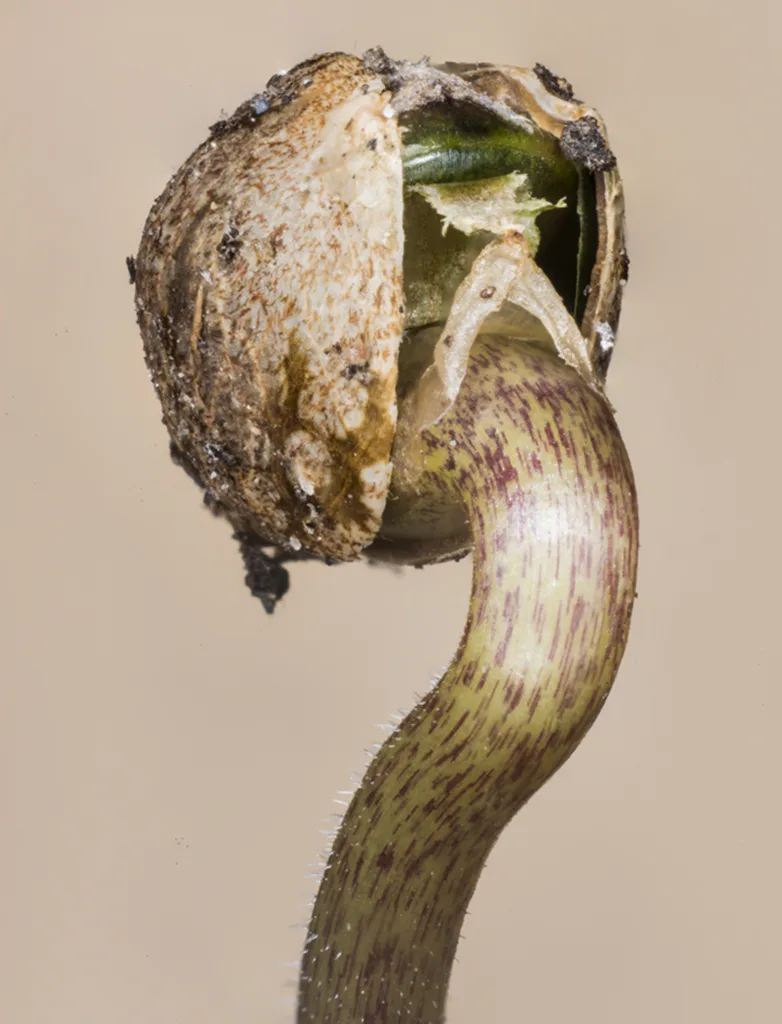
Week 1: The Stretch Begins
As your cannabis plant starts the transition into the flowering stage, it begins preparing for sexual reproduction and senescence. During the first week, you will witness a significant increase in the size of the female plants’ sexual organs (pistil) marking the site of future buds and the beginning of the stretch.
You can identify these bud sites by the emergence of enlarged white pistils, found on female cannabis plants, that eventually develop into flowering buds. (Male plants have pollen sacs, this is a good time to make sure all your plants are female).
During this stage, it is essential to continue providing a balanced nutrient regimen, but with a slight adjustment. Increase the phosphorus (P) and potassium (K) levels to support healthy bud formation and encourage flower development. Maintaining the nitrogen (N) levels to support the rapid growth going on.
The transition into the flowering stage triggers the production of plant hormones that stimulate the elongation of stems and the formation of new bud sites. Keep a close eye on the plants as pistils become more prominent and enlarged, indicating the beginning of the bud formation process. The stretch, combined with the setting of bud sites, sets the stage for flowering weed in the following weeks.
Week 2: Bud Sites
In the second week of the flowering cannabis stage, your plants will continue to devote their energy to the development of buds. This week is particularly significant as the stretch, which began in the previous week, reaches its peak. The stretch refers to the rapid vertical growth exhibited by the plants as they strive to maximize their exposure to light.
Maintaining a balanced nutrient profile is crucial during this stage. Increase the availability of phosphorus (P) and potassium (K) to fuel the growth and expansion of the budding sites. Additionally, ensure an adequate supply of calcium (Ca) and magnesium (Mg) to prevent deficiencies that could hinder bud formation.
Growing buds will become more prominent, and the stretch reaches its maximum height during this week. It’s essential to ensure that your flowering plants have sufficient space to accommodate this growth spurt and prevent overcrowding.
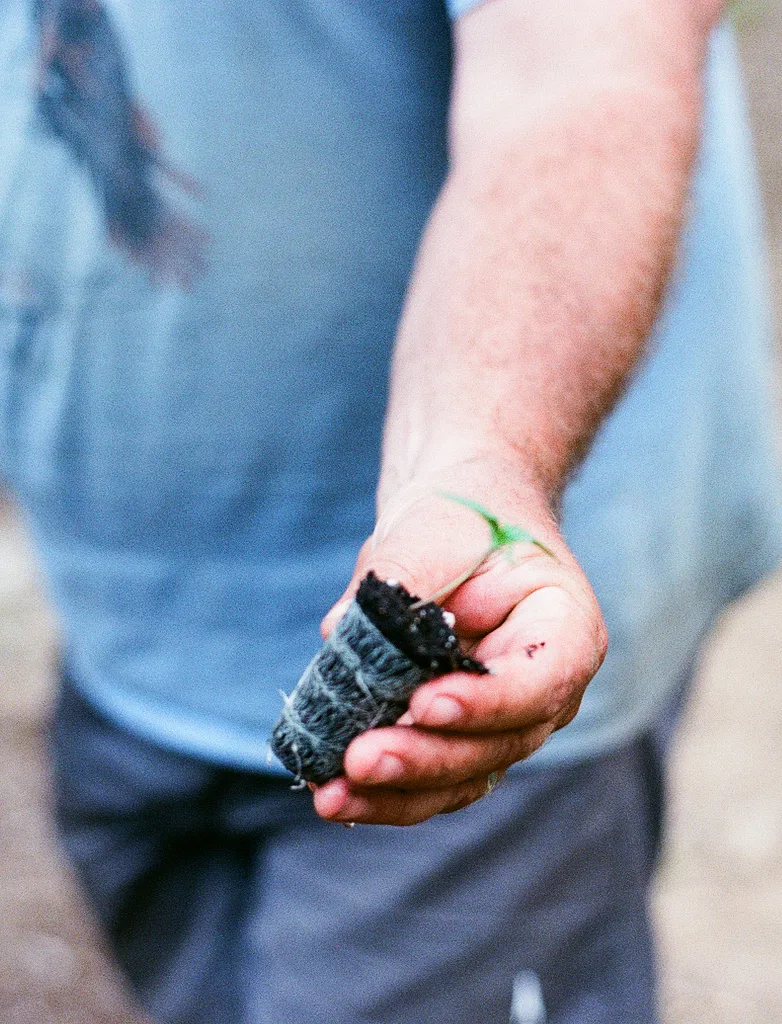
Week 3: The Stretch Ends
As your plants grow into the third week of the cannabis flowering stage, they enter a crucial phase of bud development. During this week, the focus remains on the expansion and maturation of the buds, marking the final stretch before the flowering process reaches its peak.
Maintaining a consistent nutrient regimen is vital during this stage. Continue providing the necessary nutrients, ensuring that phosphorus (P) and potassium (K) levels remain adequate for robust bud development. Monitor the availability of micronutrients to prevent any deficiencies that may hinder flower quality.
The plant will now focus its energy on the development and enlargement of the buds. You will witness a noticeable increase in bud size as they continue to fill out the spaces between the nodes. The buds become more compact and denser, showcasing their potential for a bountiful harvest.
The overall plant growth will begin to slow down as resources shift toward bud development. As your plants progress through this stage, ensure proper air circulation, as the dense foliage can increase humidity levels and potentially lead to issues such as mold or mildew. Pruning any excess fan leaves that obstruct airflow can help mitigate these risks.
We recommend doing a thorough prune on day 20 to ensure airflow and reduce the risk of mold. This is a good time to check the underside of leaves for any pest pressure.
Making sure you have taken care of pests before dense buds will help reduce the risk of mold if spraying is necessary. Check out this class for a thorough overview of cannabis pest management.
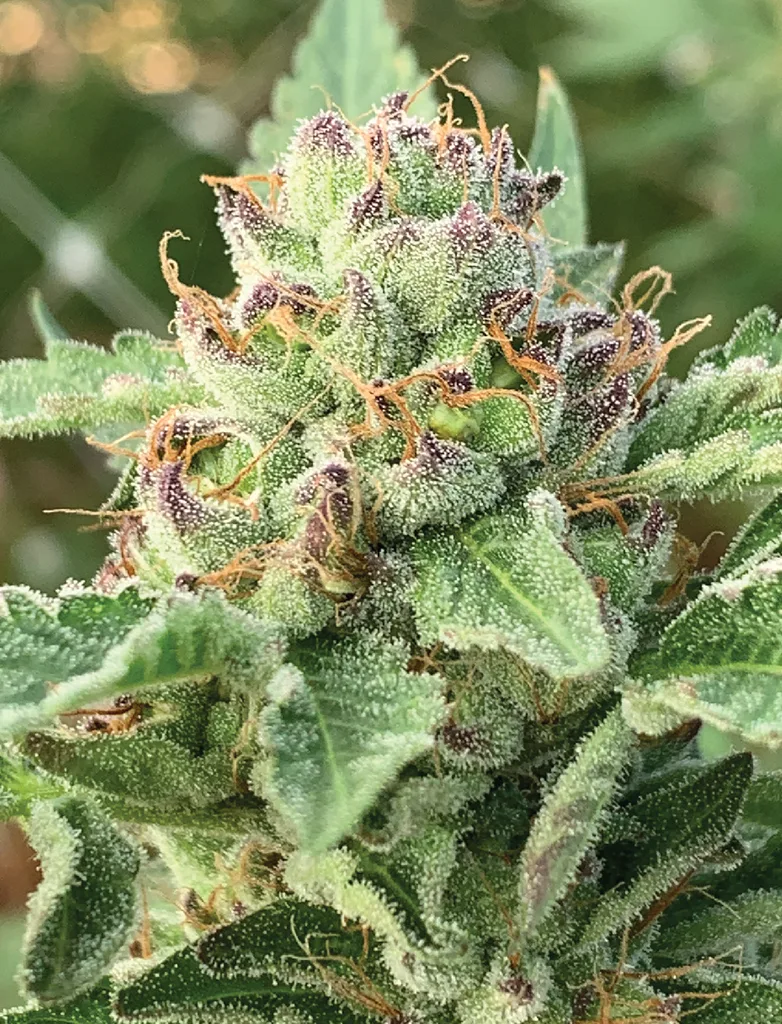
The Bulk Phase: Weeks 4-5
During weeks 4-5 of the flowering stage, your cannabis plants will enter a phase of rapid bud growth, where they begin to pack on significant weight. As the buds mature, they require a substantial amount of energy in the form of ATP (adenosine triphosphate). This increased energy demand necessitates higher levels of phosphorus (P) and potassium (K) nutrients, commonly referred to as PK boosters.
To support the plant’s vigorous bud development and weight gain, it is essential to provide higher levels of phosphorus (P) and potassium (K). These nutrients are vital for cellular processes and the production of energy-rich compounds needed for flower formation and resin production.
Phosphorus, though abundant in the soil, is often present in forms that are not readily accessible to plants. However, certain microbes possess the ability to uptake phosphorus. One such group of microbes produces enzymes called phosphatases, which break down organic phosphorus compounds into forms that plants can absorb. To avoid nutrient burn use phosphorus solubilizing microorganisms or prepare sprouted seed teas with barley which also contains high levels of phosphatases.
Week 4: Increased Nutrient Demands
During the fourth week of the flowering stage, your cannabis plants continue their rapid bud development, resulting in significant weight gain. As the buds mature, their energy needs increase, requiring higher nutrient levels to support healthy growth. It is generally desirable to reduce nitrogen levels in the nutrient regimen. Lowering nitrogen helps prevent excessive vegetative growth and encourages the plant to prioritize bud development and flower production.
To meet the escalating demands of bud development, it is crucial to provide higher levels of phosphorus (P) and potassium (K) nutrients, commonly referred to as PK boosters. These macronutrients play essential roles in cellular processes, energy production, and the synthesis of vital compounds needed for flower formation and resin production. Ensuring an appropriate PK ratio in your nutrient regimen will help fuel healthy bud growth and maximize yield potential.
Popular PK boosters, often used during the bulk stage of cannabis cultivation, include various nutrient supplements designed to provide elevated levels of phosphorus (P) and potassium (K). Some commonly used PK boosters include bloom enhancers, flower boosters, and specific phosphorus and potassium formulations. Additionally, consider applying beneficial additives like silica, fulvic acid, or compost to enhance nutrient uptake and overall plant health.
Week 5: Bud Expansion and Resin Production
In the fifth week of the flowering stage, your cannabis plants continue their impressive bud development. The growing buds will expand in size and density, showcasing their potential for high-quality flower production. Additionally, resin production becomes more prominent, enriching the buds with cannabinoids and terpenes.
Maintain the increased levels of phosphorus (P) and potassium (K) to support ongoing bud expansion and resin production. Alongside PK boosters, continue providing a balanced nutrient profile to meet the overall nutritional needs of your plants during this critical stage.
You’ll want to perform another pruning on day 40 to maintain proper airflow and physically remove any pests that may be hiding on the underside of the leaves. Never remove more than 30% of a plant’s total leaf biomass.
The Finishing Stage: Weeks 6-8
During the finishing stage of cannabis cultivation, which encompasses weeks 6-8 of the flowering phase, your plants enter the final phase towards harvest. The maturation and ripening of the bud are what mark this phase.
Week 6: Bud Maturation
In the sixth week of the finishing stage, the buds continue to mature and reach their peak potency. The dense colas develop a robust aroma, while the trichomes undergo further changes. Keep a close eye on the trichomes, as they transition from clear to cloudy, signaling the ripening of trichomes. White hairs or pistils will begin to darken.
Maintain elevated levels of phosphorus (P) and potassium (K) to support the completion of bud development and resin build up.
Week 7: Nutrient Reduction
During the seventh week of the finishing stage, your cannabis plants experience a shift in nutrient requirements as they approach harvest. At this stage, the plants begin to reduce their energy demands as they stop growing. It becomes essential to gradually reduce nutrient levels to avoid overfeeding and ensure a smoother, more flavorful product.
Pull back on all nutrients and consider finishing with enzyme teas to solubilize nutrients that are present within the soil allowing the plant to uptake what it wants and use up stored nutrients.
During this phase senescence begins and leaves may begin to change colors alongside their microscopic counterpart, the trichome. Watch your trichomes with a jeweler’s loupe to identify the transition from clear to cloudy to amber. More pistils will change color at this time.
Week 8: Harvest Preparation
During the eighth and final week of the finishing stage is when you’ll typically reach peak trichome maturity. More trichomes become amber or brown, indicating a high level of cannabinoid synthesis. When trichomes are roughly 25-50% amber you will have a well-balanced cannabinoid content.
As the finishing stage progresses, maintain a vigilant approach to environmental conditions within your grow room, such as humidity and temperature, to minimize the risk of mold or mildew formation. Proper air circulation and monitoring of moisture levels are vital to ensure the health and integrity of the mature buds. By carefully observing the trichomes and preparing for harvest during these final weeks, you can achieve the desired characteristics and maximize the quality of your cannabis harvest.
Conclusion
The week-by-week journey through the marijuana flowering stage is an exciting time for any cannabis cultivator. Understanding the specific needs and changes that occur during each week empowers growers to make informed decisions regarding nutrient requirements, physical responses, and environmental considerations. By following these guidelines, you can optimize the growth, development, and quality of your cannabis crop, leading to a rewarding and successful cultivation experience.


